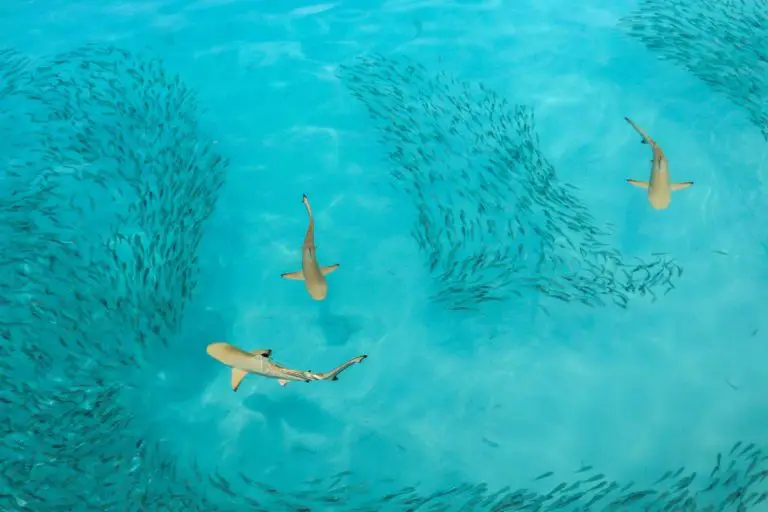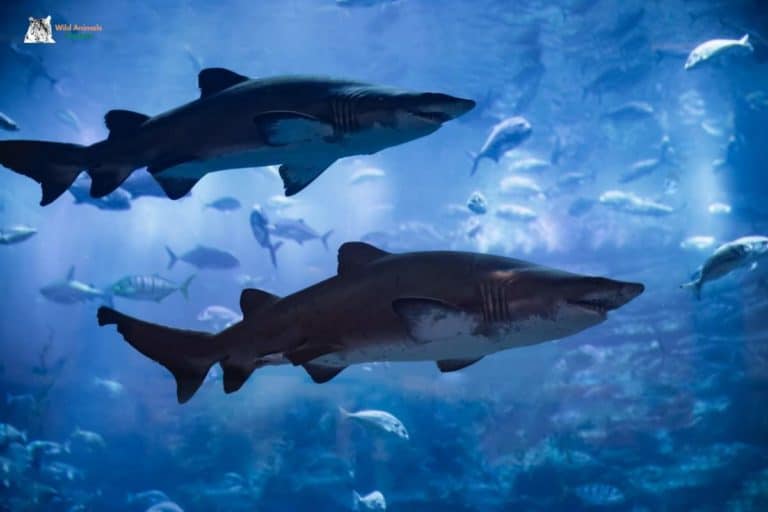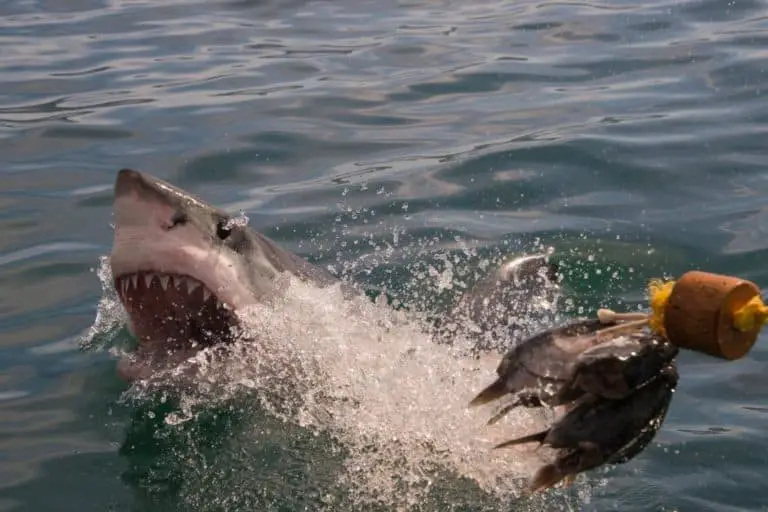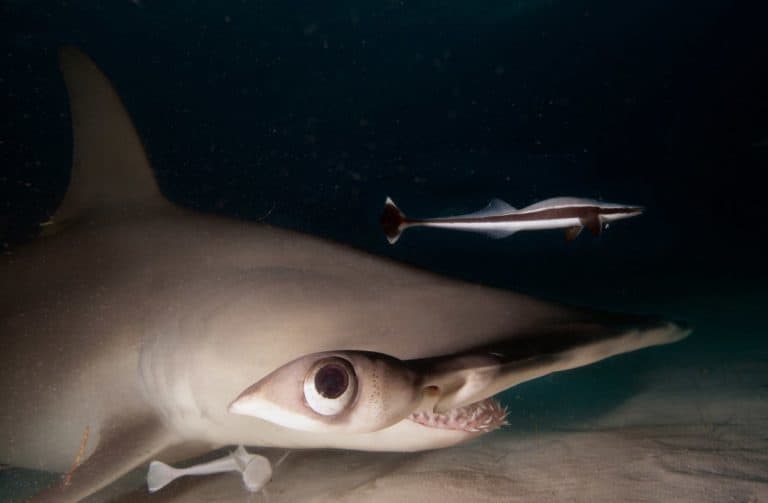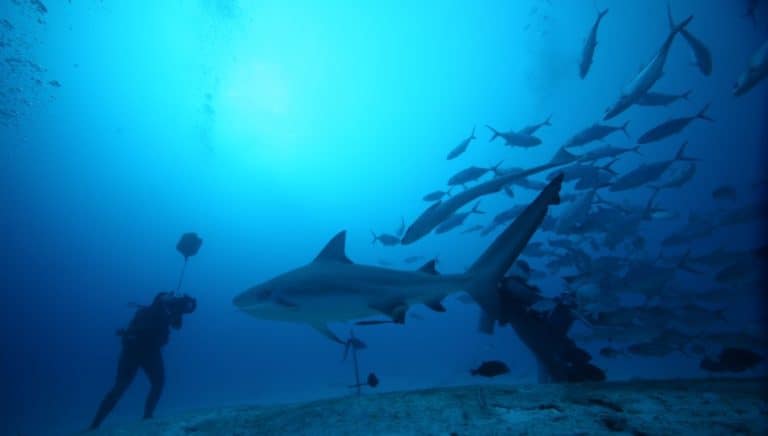Why can’t Sharks swim backward?
Sharks are a type of animal that can live in either fresh or saltwater. Sharks’ bodies are covered with tough scales and have teeth perfect for capturing fast-moving prey like fish, squid, and shellfish.
There are several reasons why sharks cannot swim backward. One is the shape of their fins which prevents them from stirring up sediment while swimming and makes it difficult for them to slow down when approaching the seafloor, thus making it impossible for them to turn around.
Sharks have to keep moving forwards to breathe. The reason sharks can’t swim backward is that their dorsal fins would make it difficult for them to move forward since they would be stirring up sediment every time they did so. Sharks also need speed to breathe, and if they slowed down too much upon reaching the ocean floor, they would suffocate.
Other fish have a structure called “posterior pectoral fins,” which enable them to turn and move backward, but sharks do not possess this kind of structure, unlike bony fish, rays, and skates.
Lastly, when turning around while swimming, a shark will need to have a large amount of energy stored to swim backward, like having its fins and tail moving back. But since sharks’ can only use the muscles at the fronts of their bodies, they would not be able to perform such a move as it is too physically demanding for them.
Many people are aware of these facts but don’t really pay too much attention to them. But knowing these details about how sharks swim aided me in learning more about the ocean and nature itself.
Do sharks die if they swim upside down?
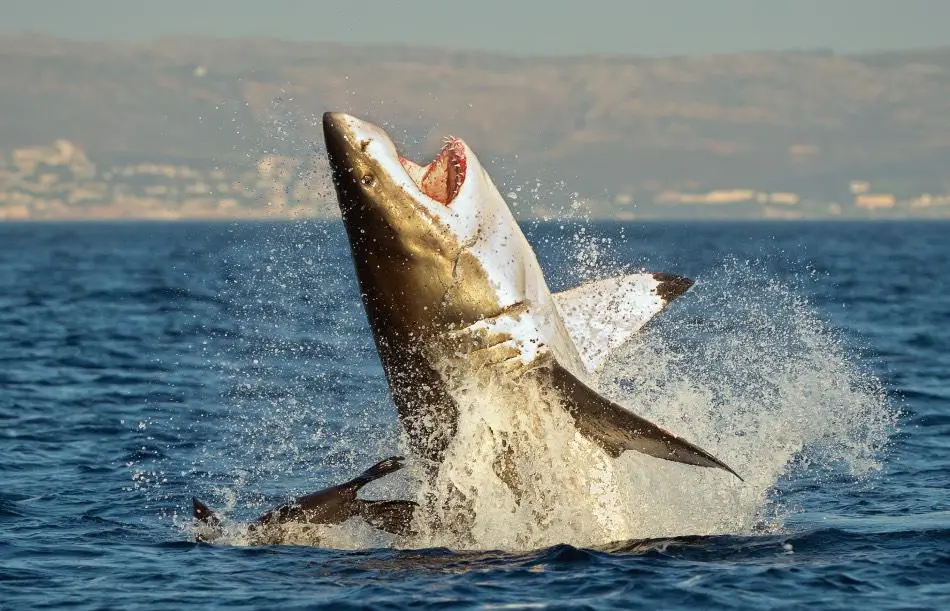
Sharks can right themselves using their fins, but if a shark loses its sense of equilibrium, it cannot swim upright. In fact, most species of sharks can not swim upside-down.
This is because that water will enter the shark’s gills and suffocate them due to the reduced amount of oxygen in their bloodstream which sadly means they will die.
Another reason is that most sharks have to keep moving forward to breathe, and this would not be possible if it is swimming upside down since the water from the top surface of its body would enter its mouth instead of breathing through its gills.
However, some species like the Great White shark can swim upside down and right themselves by flipping over in the water, but they have to keep swimming; otherwise, they will die.
But like I said earlier, sharks that can swim upside down can only do so because their fins and tail help propel them when moving backward. While most shark species would be unable to use these structures at the back of their bodies for these movements, the Great White shark would use its upper and lower caudal fin (tail) for these types of actions.
With all that said, sharks have different abilities like moving forward, backward, upside down, or right-side-up, unlike other fish in general due to their unique anatomical structures. Hence, they have their ways of adapting despite not being able to swim backward.
Why would a great white shark swim on its back?
Some sharks use a method called ‘ram ventilation‘ in which they swim upside-down with their mouths open, allowing water to enter the gills and overlying tissues.
This is a very efficient way of getting oxygen into its bloodstream when needed since it would be challenging to turn around or slow down due to its rigid fins and body.
Also, since sharks cannot swim backward like bony fish and other fish can, they would have to keep moving forward or risk suffocating if a shark needs to slow down. So when a shark wants to slow down, it will swim upside-down so that water enters through the mouth instead of its gills.
These animals use ram ventilation regularly, especially in shallower waters where they need to get oxygen quickly but can’t slow down. This method of getting oxygen is also used when the current is too strong, and it would be difficult for a shark to swim at its usual pace or if the waters are turbid so that water doesn’t enter through its gills like usual.
However, this same method is used when injured or sick, and their organs aren’t working. Even though it can be difficult for them to obtain oxygen in the water, some sharks have been found swimming upside-down when they’re ill because of how efficient it is for them to get oxygen.
So when you hear that a shark has been spotted swimming upside-down, this is because it is ill, and this method of obtaining oxygen is the best option for them.
What does it mean when a shark circles you?
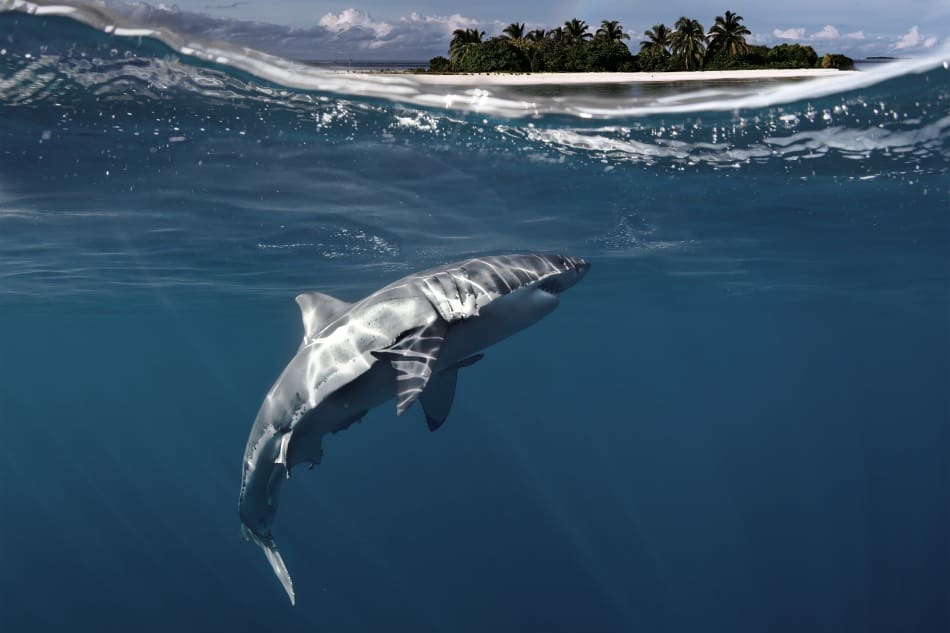
When you encounter a shark in the water, it has lots of options on what to do when it’s around you. Some sharks may swim away from you or come closer, for example.
However, if it starts swimming in circles, there is blood in the water, which could be from another animal nearby, like a wounded fish or seal, or even yourself.
Chances are they want to eat it, but since you’re also in the vicinity, they will wait until the injured animal is vulnerable before attacking.
Since sharks have no idea which direction blood is coming from when all they may be able to see is water splashing around from any direction, this is why some sharks circle their prey before attacking.
If you’ve ever been to a lake or river where there are quite a few fish, you will notice them following each other almost all the time as if they were moving in patterns.
This is because fish like to stick together and when they do, their behavior changes based on that of others around them. For example, if one fish is scared of something, the others around it may act similarly.
Similarly, if you see two fish approaching each other where their paths would cross, they will both turn simultaneously to pass each other easily without bumping into each other.
A shark’s biology is very much like a fish because it relies on its keen senses to survive in the water. One of those would be smell we know they have, but there are also other ways to detect their prey.
While a shark doesn’t have a nose like that of animals on land, they have small but sensitive openings all over their body where water enters. This gets scent particles into the shark’s sensory organs, which it uses to detect food.
